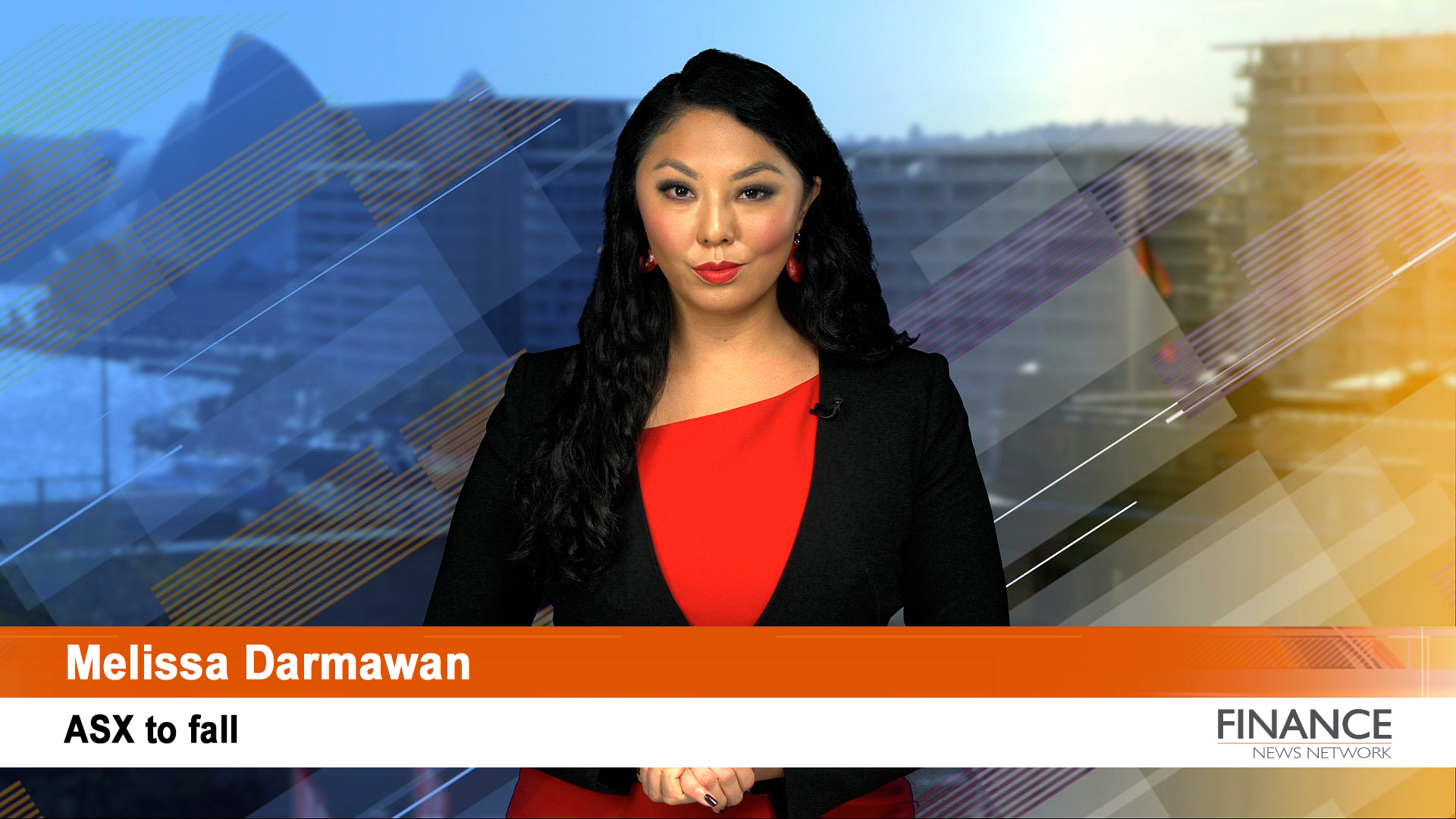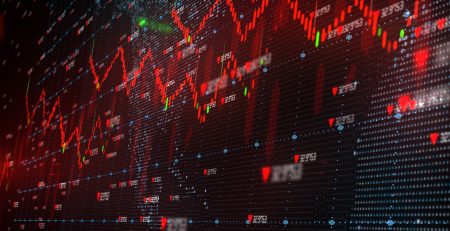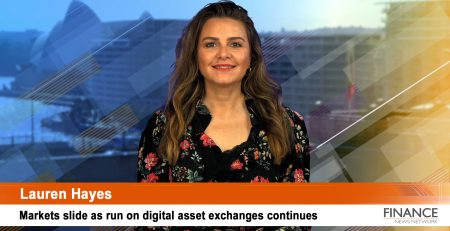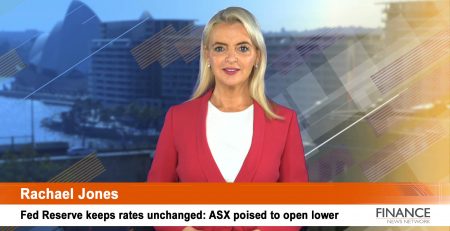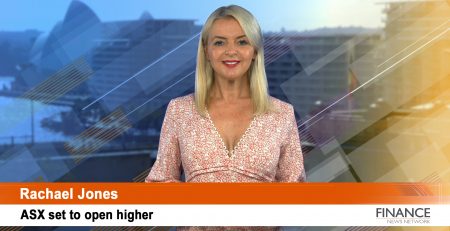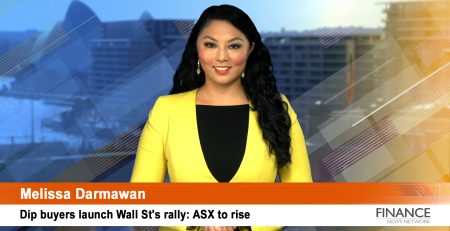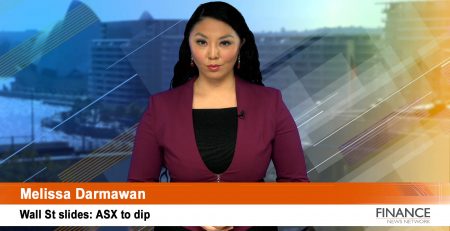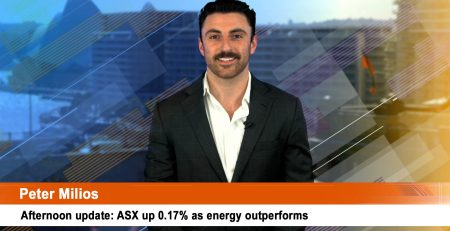Rough Wall St ride as Nasdaq sinks over escalating Ukraine & Russian tension: ASX to fall
Risk was taken off the table after headlines about Ukraine unsettled investors despite some positive earnings. Oil prices pulled back and gold back in favour. Thematics from ASX reporting season.
Register – Investor event
Our first investor event for the year is on this coming Tuesday 22 February at 12.30 AEST with Shaw & Partner’s market strategist Martin Crabb, and four CEOs presenting. Make your way to fnn.com.au to register for your free online spot.
Tensions over Ukraine escalate
The Australian sharemarket is set to tumble after a rough ride on Wall St.
The shine was taken off the recent rally we’ve seen on the sharemarket across the globe after a host of reasons continue to play out.
Heightened tensions between Russia and Ukraine remain top of mind for investors while they comb through company earnings. Growth names took a backseat even as that 10-year treasury yield ticked lower, as investors sold out of stocks and rotated towards defensive sectors and safe havens such as bonds and gold.
Senior Biden administration officials told reporters yesterday afternoon that Russia sent 7,000 more troops to the Ukrainian border, yes more, and that troops pulling back was actually false. The US said that it was worried that Russia could launch a false pretext to invade Ukraine at any moment with Biden expecting it to happen this week.
The news unveiled yesterday afternoon on the local bourse, and if it was not for strong company earnings we would have closed in negative territory, though instead, as you can see in the chart, it was a buoyant session then retreated at the close, extending its rally for a second day.
ASX reporting season overview
Meanwhile, investors have entered this reporting season nervous as to how results would be viewed, given how clouded company earnings currently are. The onset of Covid-19 in 2020 saw profits of ASX companies collapse over the year to then surge in 2021, even as Australia's two largest cities spent a decent part of the year in a Delta lockdown.
Then Omicron emerged which hit the economy through December and January, which served as a reminder that the pandemic is still here. Companies were subject to their own volatility as they adjusted inventory and managed how to service customers as workers had to self isolate, leaving investors with more questions than answers.
Jobless rate steady at 4.2%, part time employment surges
This was reflected in yesterday’s labour force figures for January from the Australian Bureau of Statistics.
The unemployment rate was steady at 4.2 per cent while the participation rate edged higher to 66.2 per cent in January from 66.1 per cent in December, and there were 12,900 new jobs added to the economy, pulling back from the 64,800 new jobs in December.
However the interesting point of the report was that part-time employment increased by 30,000 people from 23,300 people in December. Hours worked fell 8.8 per cent in January amid Summer holidays and the Omicron wave which ripped through the nation that saw millions of Aussies in isolation leading to staff shortages.
After a week of commentary from the Reserve Bank, on Wednesday deputy governor Guy Debelle said that an interest rate rise in the next 12 months is possible, but not inevitable. Dr Lowe has repeatedly said wages growth is likely to take some time also. However, economists think otherwise with rate hikes as soon as June are expected. The central bank believes that the uptick in inflation would abate and was prepared to be “patient”.
Thematics from reporting season
Though certain thematics have emerged so far from this reporting season with companies largely weathering the recent Omicron disruptions. Tightness in the labour market affecting productivity was prevalent, while supply chain issues dragged. Meanwhile, margin pressure was maintained.
It will be interesting to see what would happen if pricing pressures rise and what headwinds or tailwinds it could present. Analysts are eyeing down companies that have pricing power, so the ability to pass costs to customers without hurting sales as rising costs eats into profit margins like healthcare, consumer staples, semiconductor stocks.
Nevertheless, cost cutting agendas have been on the cards with the likes of Westpac (ASX:WBC) unveiling its intention and much success from Computershare (ASX:CPU) to help maintain its trajectory.
Not surprisingly, companies have held back from providing earnings guidance amid the uncertainties.
Oil pulls back, gold shines
Elsewhere, the price of oil pulled back as energy traders’ took risk off the table, forgetting how tight the oil market is while gold is back in favour.
Figures around the globe
At the closing bell, the Dow Jones lost 1.8 per cent to 34,312, the S&P 500 fell 2.1 per cent to 4,380 while the Nasdaq dropped 2.9 per cent to 13,717.
Across the S&P 500 sectors, consumer staples was the best performer, up 0.9 per cent followed by utilities. The rest closed lower dragged down by information technology by over 3 per cent, then communication services and consumer discretionary,
The yield on the 10-year treasury note fell 8 basis points to 1.97 per cent, gold rose on a firmer greenback. Investors also piled into safe-haven Japanese yen, which we saw last week amid the geopolitical environment.
Across the Atlantic, European markets closed lower. Paris fell 0.3 per cent, Frankfurt lost 0.7 per cent and London’s FTSE closed 0.9 per cent lower.
On the London Stock Exchange, Rio lost 2.1 per cent, BP fell 1.5 per cent and Shell dropped 2.7 per cent.
Asian markets closed mixed. Tokyo’s Nikkei lost 0.8 per cent, Hong Kong’s Hang Seng gained 0.3 per cent while China’s Shanghai Composite added 0.1 per cent.
ASX gains for 2nd day buoyed by earnings
Yesterday, the Australian sharemarket closed 0.2 per cent higher at 7,296, boosted by healthcare stocks, lifted by CSL (ASX:CSL) closing 5.1 per cent higher at $277 while consumer discretionary led the falls by 3.4 per cent dragged down by Wesfarmers' (ASX:WES) tumble.
The best-performing stock was IPH (ASX:IPH) after the intellectual-property services group lifted first-half earnings by 11 per cent and improved margins. Underlying earnings before interest, tax, depreciation and amortization for the six months through December of $68.3 million thanks to organic growth and favourable currency moves. Underlying EBITDA margin rose to 35.1 per cent from 34.3 per cent, closing 9.2 per cent higher at $9.03. It was followed by shares in Challenger (ASX:CGF) and CSL (ASX:CSL).
The worst-performing stock was Wesfarmers (ASX:WES) after the Bunnings parent gave its interim dividend a haircut by 9 per cent. A fall in profit driven was compounded by supply chain disruptions and rising costs and store closures. Investors combed through the formal results with the group bottom-line numbers having been pre-released in January. Earnings from both the Bunnings and Officeworks chains came in below expectations as margin pressure intensified in the half. The company did not provide earnings guidance for financial year 2022, but expects to see higher costs continue for Bunnings, Officeworks and Kmart due to supply chain issues and inflation. The stock closed 7.5 per cent lower at $50.81. It was followed by shares in Block (ASX:SQ2) and Novonix (ASX:NVX).
A couple of shooting stars from Challenger (ASX:CGF), which jumped 6.7 per cent to $6.74 as its first-half profit update shone. IPH shares (ASX:IPH) skyrocketed 9.2 per cent to $9.03 as the best performer of the session after reporting revenue growth of 6 per cent, thanks to strong performances from Australian, New Zealand and Asian activities.
Sequoia Financial Group (ASX:SFG) posted a 51 per cent surge in revenue to $79.1 million, a 57 per cent increase in net profit after tax to $2.6 million during the first half of the financial year. Shares closed 4.9 per cent higher at 75 cents.
Cleanaway Waste Management (ASX:CWY) soared 4.2 per cent to $2.99 after the group's first-half financial year 2022 operating earnings and interim dividend came in above our estimates. The company guided to second-half earnings being broadly similar to the first half.
Tabcorp (ASX:TAH) jumped 4.1 per cent to $5.36 as group net profit beat expectations thanks to a operating earnings margin of 20 per cent in its soon-to-be spun off lotteries division.
Elsewhere, Telstra (ASX:TLS) declined 4.2 per cent to $3.90 despite reiterating its full-year guidance and maintaining its dividend after its profit sunk by more than double. Investors focused on weaker than expected growth in the key metric of average revenue per user in its mobile business, rather than first-half financial year 2022 underlying operating earnings and an interim dividend that met expectations. The telco giant did unveil strong results in post-paid mobile subscribers of 84,000, versus estimates of 17,000.
Domain (ASX:DHG) sank 6.2 per cent to $4.37 after it posted earnings for first-half financial year 2022 below estimates with management flagging to shareholders that cost pressures are set to continue into the second half.
SPI futures
Taking all of this into the equation, the SPI futures are pointing to a 1.1 per cent fall.
Reporting season
Inghams Group (ASX:ING)
Magellan Financial Group (ASX:MFG)
MyState (ASX:MYS)
QBE Insurance Group (ASX:QBE)
Ex-dividend
There are five companies trading ex-dividend today
Argo Investments (ASX:ARG) is paying 16 cents fully franked
G.U.D. Holdings (ASX:GUD) is paying 17 cents fully franked
GWA Group (ASX:GWA) is paying 7 cents fully franked
Ryder Capital (ASX:RYD) is paying 3 cents fully franked
Zimplats Holding (ASX:ZIM) is paying 156.6243 cents unfranked
Dividend-pay
There are two companies set to pay eligible shareholders today, Cromwell Property Group (ASX:CMW) and CVC (ASX:CVC).
AGM
Eclipx Group (ASX:ECX)
Commodities
Iron ore has lost almost 7 per cent to US$130.65. Its futures point to a 4.5 per cent fall.
Gold has gained $29.20 or 1.6 per cent to US$1901 an ounce. Silver is up $0.23 or almost 1 per cent to US$23.88 an ounce.
Oil has lost $1.98 or 2.1 per cent to US$91.68 a barrel.
Currencies
One Australian Dollar at 8:25 AM has weakened since yesterday (Thu: 72.00 US cents), buying 71.89 US cents, 52.80 Pence Sterling, 82.63 Yen and 63.28 Euro cents.
Copyright 2022 – Finance News Network
Source: Finance News Network

